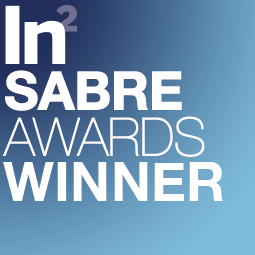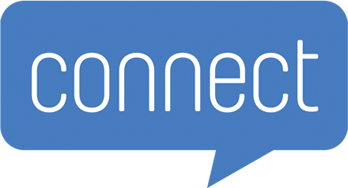Blog
Many people in financial services see social media as a simple broadcast platform, where messages, blog posts and other featured communications stick to a billboard as though they were press releases or boilerplate content that’s better than nothing. Others see it as a “time suck” that takes away from the serious work of doing business the old-fashioned way. But a number of recent studies show that social media produces potent results beyond the misconceptions, as it helps financial professionals fill sales pipelines, construct new ones and recruit fresh prospects.
A 2016 study by the asset management firm Putnam Investments, which surveyed more than 1,000 financial advisors, reached this conclusion: “Advisors ARE social.” The Putnam Social Advisor Survey found that 85 percent of advisors use social media actively—up more than 10 percent from the 75 percent tallied in 2014. Read More»
Figuring out just which media to use in an advertising mix can be a challenge. After all, with so many different types from print to television to online and social, that's a lot of different fronts to cover with no guarantee of success in any of them. A new report reveals that in some of the biggest markets on Earth, earned media—promotion that's gained through someone else's mention instead of something that's paid for—is still delivering a lot of value.
With 62 percent of Chinese respondents, 47 percent of U.S. respondents and 44 percent of UK respondents all coming out in favor of earned media, it's clear this approach should be front-of-mind for many marketers.
Moreover, what customers want in that marketing varies according to the need at the time. For instance, content that has an emotional impact like making someone laugh gives it a better chance to be shared. The UK shares funny content most readily at 31 percent, followed by the U.S. at 26 percent and China at 18 percent. Content that offers information is valuable as well, with 46 percent of U.S. respondents, 47 percent UK and 50 percent China all planning to share content with product information. (Read more)
According to 2016 research done by Pew Research Center, 62 percent of adults get their news on social media. Not only are social media sites Facebook, Twiiter, and Reddit being turned to for B2B news, the research also shows that users of sites like LinkedIn more actively seek out news as opposed to simply happening upon it; 51% of LinkedIn’s reported 450 million users actively seek out news on the platform. As news consumption is moving to social media, reported ClickZ, homepages become less important for readers, and that, “it’s OK to accept that the traffic is directed differently nowadays.” Coupled with findings from DMR showing the increase in LinkedIn member page views from 37 billion in Q4 2015 to 45 billion in Q1 2016, the writing is on the wall.
At the same time, there’s been a shift in how consumers feel about marketing messages from strangers versus those from trusted sources, or influencers. Collective Bias, a company specializing in influencing campaigns for brands and retailers, performed a recent study that underscored the value of influencer-based content. Results showed that consumers view content from influencers seven times longer than a digital display ad (two minutes, eight seconds versus 19.2 seconds). In short, consumers trust content from sources they trust. Thankfully, your organization is probably full of trusted influencers ready to be leveraged.
This might all feel overwhelming to a busy marketer, and yet all of these changes must be taken into consideration if you want your content to not just be consumed, but to also resonate. Luckily, this can be accomplished with the following 4 steps (continue reading)
Congressional staffers influence, research, craft and write legislation that could have a huge impact on your association, nonprofit or corporation. So, it goes without saying, building a relationship with the right Hill workers for your industry is key. But how do you do it in a way that not only gets you in front of the people you want, but leaves behind the right impression to get your issue moving? Here’s what they said in Congressional Quarterly's Connectivity>>>
The latest installment in Shaping Influence sheds light on some very interesting data. Findings from Collective Bias's Time on Content feature, which offers a key indicator as to the relevancy of influencer content, consumers view their influencer content for an average duration of two minutes and eight seconds—almost seven times longer than the digital display ad average of 19.2 seconds based on viewability standards measured by Moat Analytics. Click here to read more on this compelling report >>>
Archives
- July 2024
- June 2024
- May 2024
- October 2019
- October 2018
- June 2018
- December 2017
- September 2017
- August 2017
- July 2017
- June 2017
- May 2017
- April 2017
- March 2017
- February 2017
- January 2017
- December 2016
- November 2016
- September 2016
- August 2016
- July 2016
- June 2016
- May 2016
- April 2016
- March 2016
- February 2016
- January 2016
- December 2015
- May 2014
- April 2014
- March 2014
- April 2013
- March 2013
- January 2013
- August 2012
- July 2012
- May 2012
- March 2012
- February 2012
- November 2011
- October 2011
- September 2011
- August 2011
- June 2011
- April 2011
- March 2011


















